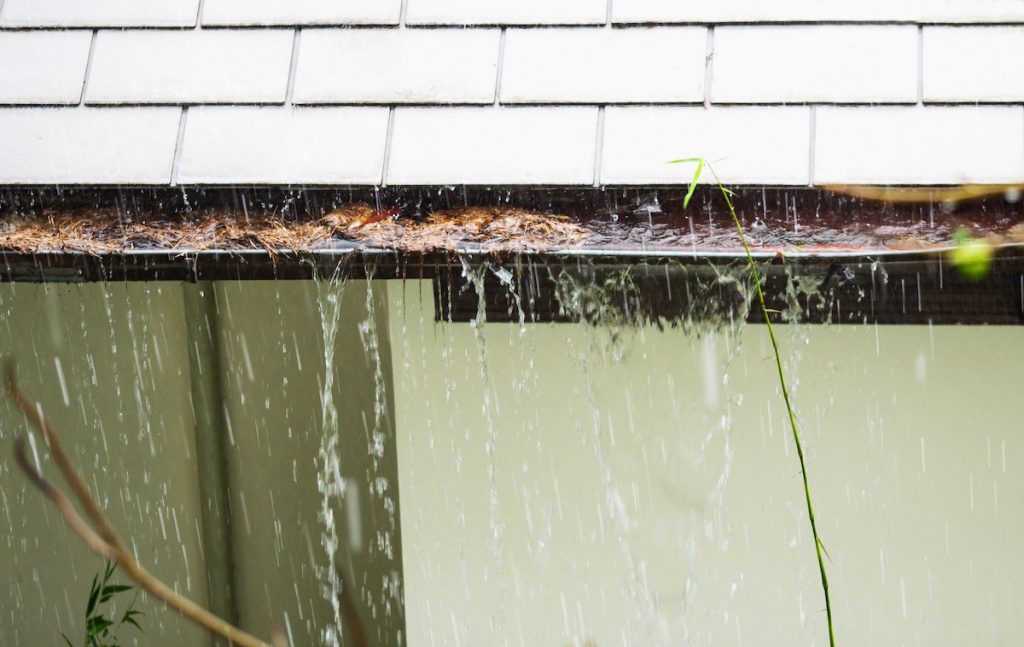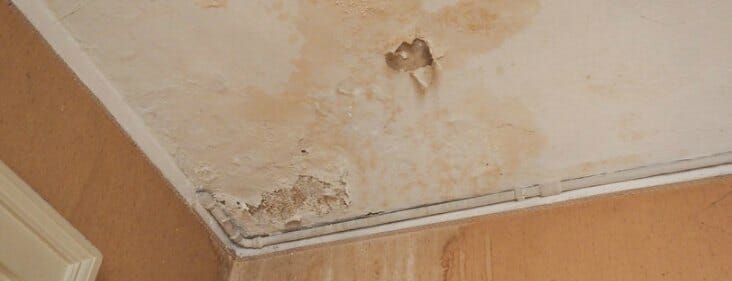Top Six Reasons Why Water Leaks Occur in Homes: What You Need to Know
RatesWhat are your thoughts on Common Water Leaks In House?

Leaks not just create waste of water yet can also create unneeded damages to your house and promote undesirable organic development. However, water leakages may go unnoticed since a lot of the pipework in our home is concealed. By looking as well as understanding for day-to-day circumstances that cause leakages, you can protect your residence from future leaks and unneeded damage. Today, we will certainly check out six leakage causes that might be triggering your pipes to trickle.
Trespassing origins
The majority of water leaks begin outside the residence instead than inside it. You might discover damp patches or sinkholes in your backyard, and also that might imply that tree origins are invading water lines causing water to leak out.
Rusty water systems
As time passes by, your plumbing system ages and also corrosion such as rust may begin gnawing the pipes. This may be the source of discoloration or warping on your pipes. This asks for an inspection with your plumber immediately. If our plumbing system is old, think about changing the pipelines since they are at a higher danger of rust than the newer models.
Malfunctioning Pipeline Joints
Pipe joints can deteriorate over time, resulting in water leaks. If you have loud pipelines that make ticking or banging sounds, particularly when the hot water is turned on, your pipeline joints are possibly under a great deal of pressure.
Immediate temperature changes.
Severe temperature level modifications in our pipes can cause them to expand and also acquire suddenly. This expansion and also tightening may cause cracks in the pipelines, particularly if the temperature are below freezing. It would certainly be best if you watched on exactly how your plumbing works. The presence of the formerly pointed out situations often indicates a high threat.
Poor Water Connectors
Sometimes, a leak can be brought on by loosened hoses and also pipes that provide your appliances. More often than not, moving is what causes the loosened water Connections. You could find when it comes to a washing maker, a hose might spring a leakage due to drinking during the spin cycle. In case of a water connections leak, you may see water running directly from the supply line or puddles around your appliances.
Clogged Drains
Blocked drains pipes might be aggravating and inconveniencing, however they can occasionally end up triggering an overflow bring about burst pipelines. Maintain removing any type of products that might drop your drains that might obstruct them to avoid such hassles.
All the above are sources of leaks but not all water leaks result from plumbing leakages; some leakages could come from roofing system leakages. All leakages need to be fixed right away to prevent water damages.
Leakages not just create waste of water but can also cause unneeded damages to your residence and also advertise undesirable natural development. By comprehending as well as looking for day-to-day scenarios that create leakages, you can shield your home from future leaks and unnecessary damage. Today, we will look at six leak causes that may be causing your pipes to drip.
At times, a leak can be caused by loose hoses and pipes that supply your appliances. In case of a water links leakage, you might observe water running straight from the supply line or pools around your devices.
TYPES OF WATER LEAKS YOU SHOULD BE FAMILIAR WITH
Shower Fixture Water Leaks
If you notice a water leak near your shower fixture, perform an inspection to confirm if you are able to find broken caulk lines. As your shower fixture becomes older, it is not uncommon for water to leak onto the other side of the frame. To fix this type of plumbing leak, scrape off the old caulk and run a new bead of it around the shower fixture to seal up any fractured crevices and holes.
Bathtub Drainage Water leaks
To fix this type of leak in a bathtub, remove the drain flange and clean it. Next, you should also remove the rubber gasket located beneath the tub’s drain hole. Buy a replacement gasket that matches the old version and install it in the same location. Once the drain flange and rubber gasket are installed, apply a small amount of silicone caulk to the drain to prevent water leakage below your tub.
Water Pipe Leaks Behind Walls
Issues such as discolored grout and loose shower tiles may be caused by a water pipe leak behind the walls in your bathroom. To fix this plumbing leak, you will be required to remove the tiles, grout, or caulk in your shower. Once the tiles in your shower have been removed, perform an inspection of the drywall to confirm if it’s moist or wet. If you notice water marks or mold on the wall, this is an indicator of a water pipe leak.
Toilet Leaks
Nobody likes a toilet leak. It can cause water damage to the subfloor, joists, or even the ceiling in the room below. To combat this type of water leak, you will need to reinstall your toilet with a brand new ring of wax. If the toilet sits uneven, be sure to add toilet shims to correct the issue. Do you notice a broken bolt slot or flange? We recommend performing a new metal flange installation to remediate this issue.
Sink Water Leaks
To prevent damage to the beautiful counter tops in your kitchen or bathroom, tighten the base of your sink to prevent a water leak. Next, scrape away any old caulk around the sink and apply a fresh coat. Prior to using the kitchen or bathroom sink, you will need to secure the fixture to the countertop with the clips located beneath the sink rim to prevent a water leak.
https://www.fenwickhomeservices.com/blog/6-types-of-water-leaks-you-should-be-familiar-with/

We were made aware of that article on How to detect water leaks in your home from someone on another domain. Enjoyed our content? Please share it. Help other people check it out. Thanks a lot for your time invested reading it.
Call Today